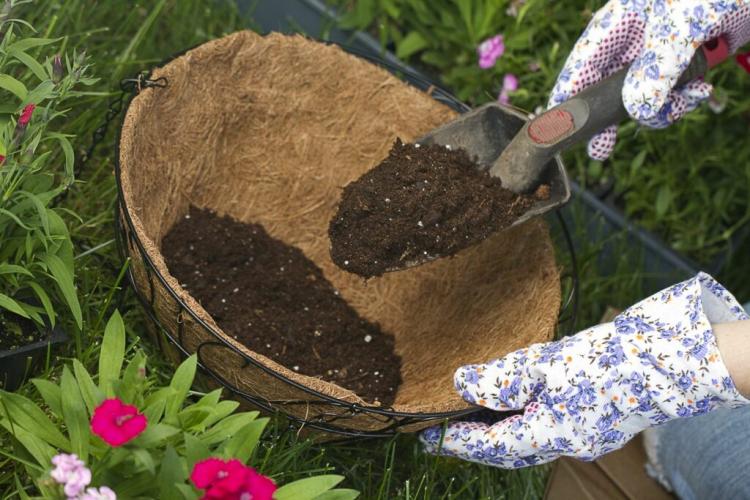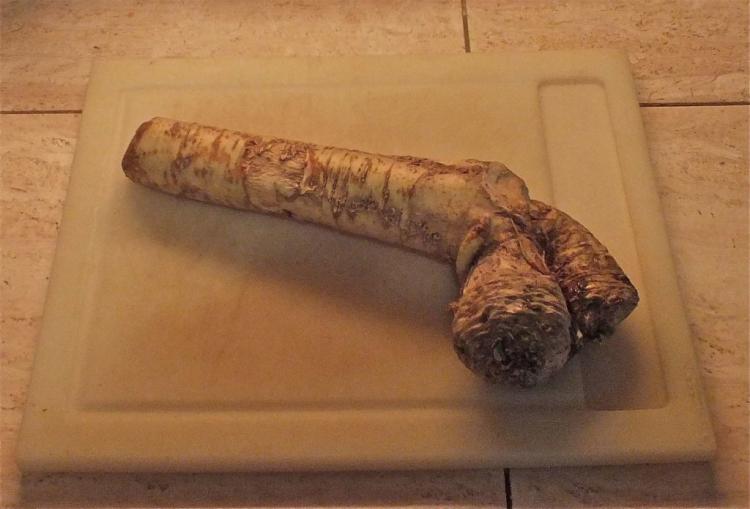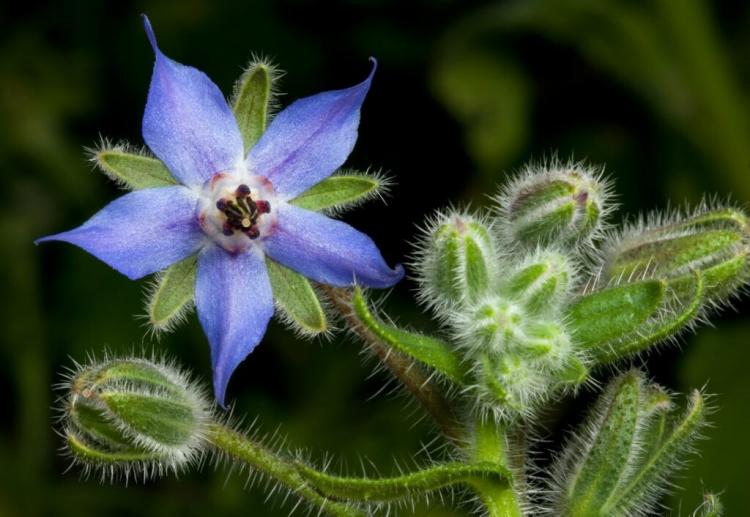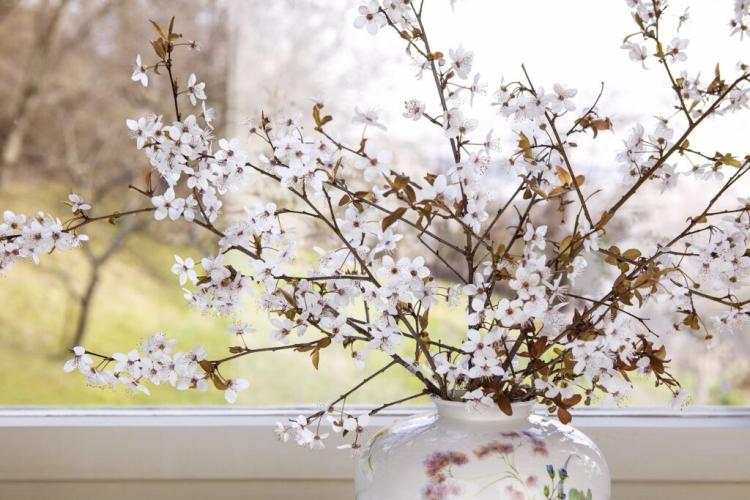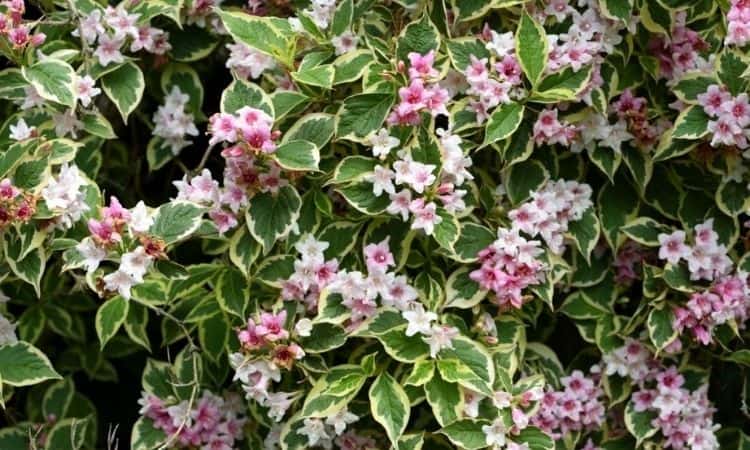When Do Magnolia Trees Bloom: Reasons For Missing Blossoms
The magnolia impresses with its exceptionally beautiful flowers. Here you can find out everything about the flowering period and what to do if it does not bloom. Nobody escapes the magic of the blossoms of the magnolia ( Magnolia ) so quickly. The abundantly flowering trees bring spring not only to the garden but also to numerous cities. Here you can find out what could be the cause if the magnolia tree does not bloom.
Magnolias belong to very old plants and are over 100 million years old. Accordingly, its flowers are also original. The petals are arranged in a spiral and have no fixed number. It is the same with the stamens. That makes the magnolia blossoms a relic from ancient times. But it is by no means old-fashioned. On the contrary, because nobody can escape the beauty of their large flowers.
When is the magnolia bloom?
Table of Contents
The magnolia is an absolute early bloomer. Some species begin to show their splendor as early as March. The first is the white flowers of the star magnolia (Magnolia Stellaria ). The tulip magnolias (Magnolia x soulangeana ) are not long in coming before the purple magnolias (Magnolia liliifolia ) bloom in May. Since the leaves only come out into the daylight after flowering, the white to pink-red flowers shine even more. Flowering takes about three weeks if there is no late frost in between – magnolia blossoms are sensitive to this and turn brown. If you live in a region where late frosts are frequent, you should definitely plant a late-blooming magnolia species.
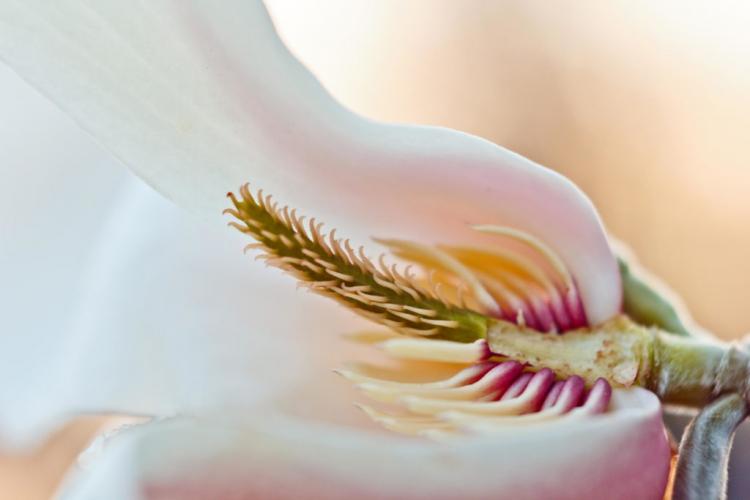
Magnolia does not bloom
There can be many reasons why the magnolia does not bloom. So you don’t need to worry right away, it is often just a matter of time.
Magnolia does not bloom: possible reasons for a lack of bloom
There are several reasons for a lack of flowering in magnolias:
- The plant is too young: Before magnolias can focus on their flowers, they must first grow themselves. Flowers are basically only used for reproduction and need a lot of strength – so young magnolias are actually still children. It can take up to ten years for the magnolia to bloom. This depends on the type and variety, but also on whether the magnolia was grown from seeds or cuttings.
- Frost is the most common cause of the magnolia not blooming. Some winters are so cold that the buds freeze to death. Late frosts can also cause this because the buds are particularly sensitive just before and during flowering. Some species and varieties are also not sufficiently frost-tolerant. Frost-sensitive species often respond to cold winters by failing to flower. The flowering will be even more sensitive if you fertilized your magnolia into autumn last year.
- Pruning: The magnolia already forms its buds for the coming year in early autumn. If you have cut your tree back too late, the magnolia will stop blooming. Even radical prunings lead to a loss of the flower for some time, as the magnolia first has to recover and gather new strength.
- Autumn drought: Developing flowers is exhausting and takes a lot of strength. But above all, the magnolia needs a lot of water for this. If you have ever taken a closer look at a magnolia blossom, you will have noticed how thick the leaves are. A lot of water is necessary for this. If autumn stays dry, the plant will lack sufficient water. The magnolia uses the little water that is still available for its own growth rather than for reproduction.
- The wrong location: If the magnolia feels uncomfortable in its location, then it does not want to bloom. So check the location of your magnolia.
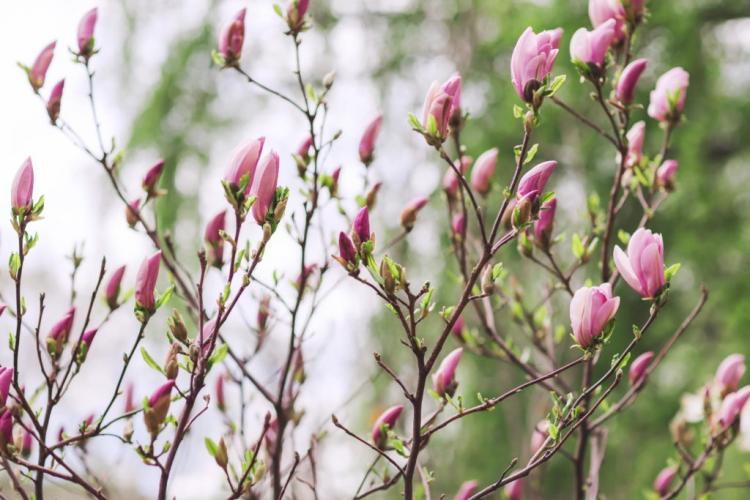
Magnolia does not bloom: what to do if it does not bloom
There are as many different causes as there can be as many measures for a bloom. First, try to find out which of the reasons might apply to your magnolia. If it is because your plant is too young, then all you need to do is wait and see. If an incorrectly performed pruning in the previous year was the reason for the absence of buds and flowers, here’s how to best prune your magnolia.
When it comes to the weather, it gets more difficult. You can counteract autumn drought with a little water in dry autumns. If the frost is to blame, the best thing to do is to check your variety more closely. Your magnolia may not be sufficiently frost tolerant. Then maybe you should give your specimen to a friend or relative in warmer climes and buy a more winterproof magnolia. But even frost-tolerant varieties have bad cards in particularly cold winters. Even if you design all the conditions optimally, you will always have years without magnolia blossoms.
Finally, it helps to check the location. Perhaps your magnolia does not feel comfortable in its location. Then you should go to the trouble of moving the plant before it is too big for it. However, keep in mind that a change of location also puts the plant under stress. In the following year, your magnolia will almost certainly not bloom again as it has to get used to the new surroundings.
Proper care is essential for a good bloom. Since the magnolia should be supplied with sufficient nutrients every year, compost or primarily organic long-term fertilizers in organic quality are recommended.

